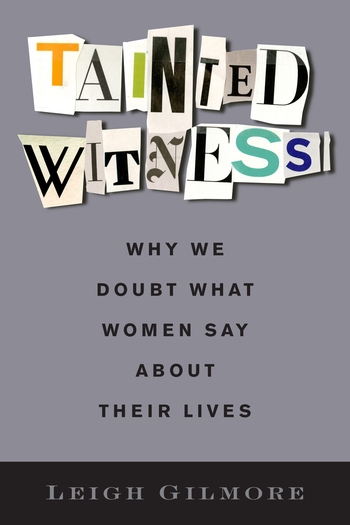An Interview with Nessa Carey, Author of "Junk DNA"
The following is an interview with Nessa Carey, author of Junk DNA: A Journey Through the Dark Matter of the Genome:
Question: Junk DNA explores the massive amount of excess DNA that do not directly create genes and make up proteins. Your last book, The Epigenetics Revolution focused on all of the different influences that can affect our genome as it is being written. Would you say you have a fascination with the imperfectness or the vulnerability of our own biology?
Nessa Carey: I think what I am drawn to are the areas of biology that are ambiguous. The ambiguity is both in terms of the biology itself, but also in how we view it. So I love that epigenetics is a discipline that takes us aware from genetic determinism and into situations where the genome can be affected by the environment but also by random fluctuations. With junk DNA I like that there is a vast network of subtly interacting factors that work together but are very hard to predict. But I am also drawn to what these areas tell us about the way scientists think—particularly how we create terms to describe things of which we have a very incomplete understanding, and then we get trapped in defending these inappropriate terms.
Q: In Junk DNA, you write that only 2% of our DNA is devoted to coding amino acids while the rest is “junk.” You ask the question, “What on earth is the other 98% doing?” Is this question and its prospect of the unknown ever terrifying to you? Or is it one that simply fuels more curiosity?
NC: That’s the fun bit. When I was choosing what to specialize in for my degree—biochemistry, microbiology or immunology—I chose immunology because it was the topic where my questions most often got the response of “we don’t know”.
Q: Was there anything you came across that surprised you while writing Junk DNA?
NC: I hadn’t expected to be able to draw on so many human diseases to exemplify the role of various types of junk DNA. When you consider how much illness is known to be caused or influenced by variations in the junk regions of our genomes it seems strange to me that there is still resistance to the idea that these elements are important.
Q: You point out that while the human genome has been mapped for over a decade, genetic conditions like cystic fibrosis are still not much closer to finding a cure. What would you say are the primary causes of the delay between genome mapping and actual treatments? To what extent does medical technology now have to catch up with our knowledge of DNA?
NC: Many of the problems are ones that might seem quite mundane but are incredibly important. They can include difficulties in creating drug that can remain stable in the body and get to the right tissues. But there are other complications as well. For cystic fibrosis, the patients are lacking a specific active protein in quite a few different tissues. Gene therapy isn’t much use in these tissues for a variety of reasons, and we don’t know enough about other ways to compensate for the loss of the active protein. So it’s not just medical technology that lags behind our knowledge of DNA, it’s also our in-depth understanding of biology.
Q: You illustrate junk DNA as both an obstacle to our knowledge of genetics and as a potential solution to conditions that currently have no known cause. What first inspired you to write about junk DNA and what are you most excited or hopeful about discovering as research in this field progresses?
NC: I was inspired to write the book because it feels as if the field of junk DNA will reach a tipping point quite soon, where it becomes accepted as another important facet of cell function, rather than as a quite polarized topic. The area I am most excited about is the idea that junk DNA expression may be important in targeting epigenetic changes to specific regions of the genome. There are some intriguing data suggesting this may be the case, but there’s a lot left to learn.









